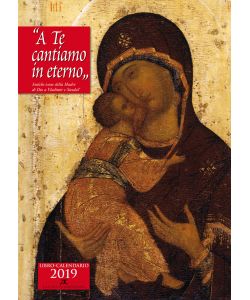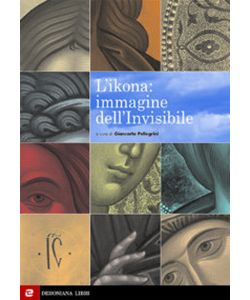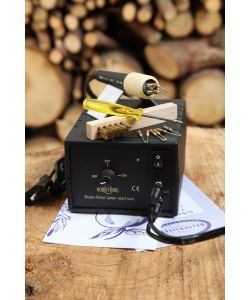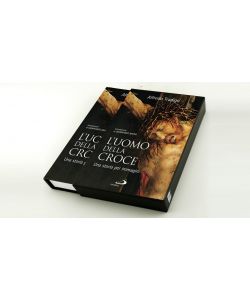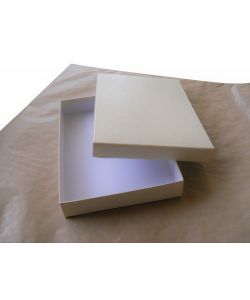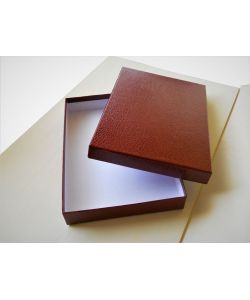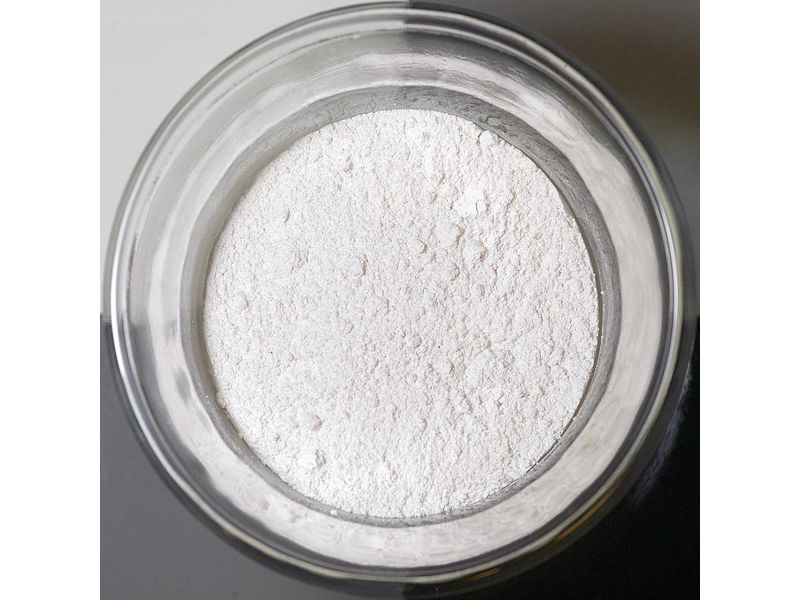
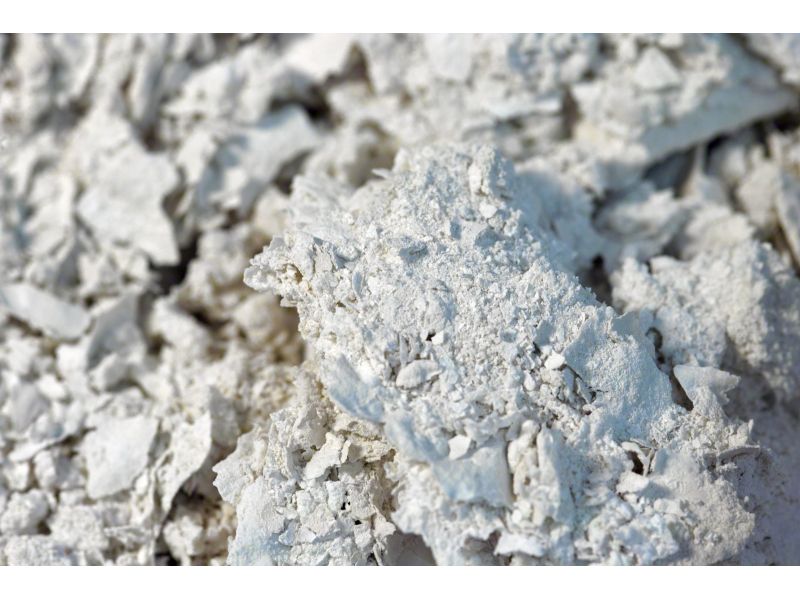




Flake white, WHITE LEAD produced with the ancient STACK method, USA pigment
Flake white was known to the ancients. It is the principal white of classical European oil paintings and one of the oldest synthetically produced pigment. The flake white is made by a process in which it is essentially identical to the old method, now generally known as the 'Dutch' or 'Stack' process. The basics of the process were described very early, ca. 300 B.C. by Theophrastus of Eresos and the directions of preparation were rewritten many times. Metallic lead, in the form of coils, is exposed to vapors of vinegar, carbon dioxide, atmospheric oxygen, and water vapor. The metal is 'corroded' and every particle of the pigment is created randomly, therefore every cluster of the pigment particles are different. Industrially produced Lead white 'wet method' produces identical particles. Flake white dries very quickly, forming a flexible and strong film. It is absolutely permanent and the quality of the whiteness is unimpeachable: the paint works admirably in oil, and has great body; moreover, flake white not only mixes perfectly and safely with the majority of permanent pigments, but it serves to impart to slow-drying colors in its own strongly siccative character.
Flake White is made by this method and carbon dioxide gas comes from the fermentation of horse manure. In the past this was the favorable method because the stacks were built outside and fermentation also produced just the right amount of heat needed for oxidation and also because of the vast availability of horse manure. This produces harder flakes with a warmer white color.
This Flake White is an adaptation of the process where dioxide gases come from the fermentation of sugar and yeast dissolved in water. That way it's easier to control the amount of carbon gas and eliminate guess work. This produces bright white flaked layers shaped into multi-layered soft frost. Corroded metal is collected, crumbled and the milling with water follows. Milled in a ball mill to reduce pigment particles into a fine pigment. Then the pigment is washed multiple times and air dried.
The pigment is easy to mix with oil and very little oil is necessary. This pigment loves oil so it basically fuses together creating one wonderful material for painting.
Lead white is poisonous and dangerous, especially when inhaled in powdered form or ingested in any form.
| Flake white, WHITE LEAD produced with the ancient STACK method, 10 gr. USA pigment | Stock: 10 - COD. CUSA01 | |||
| € 10,00 |

|
|||
| Flake white, WHITE LEAD produced with the ancient STACK method, 50 gr. USA pigment | Stock: 0 - COD. CUSA02 | |||
| € 45,00 |

|
|||
